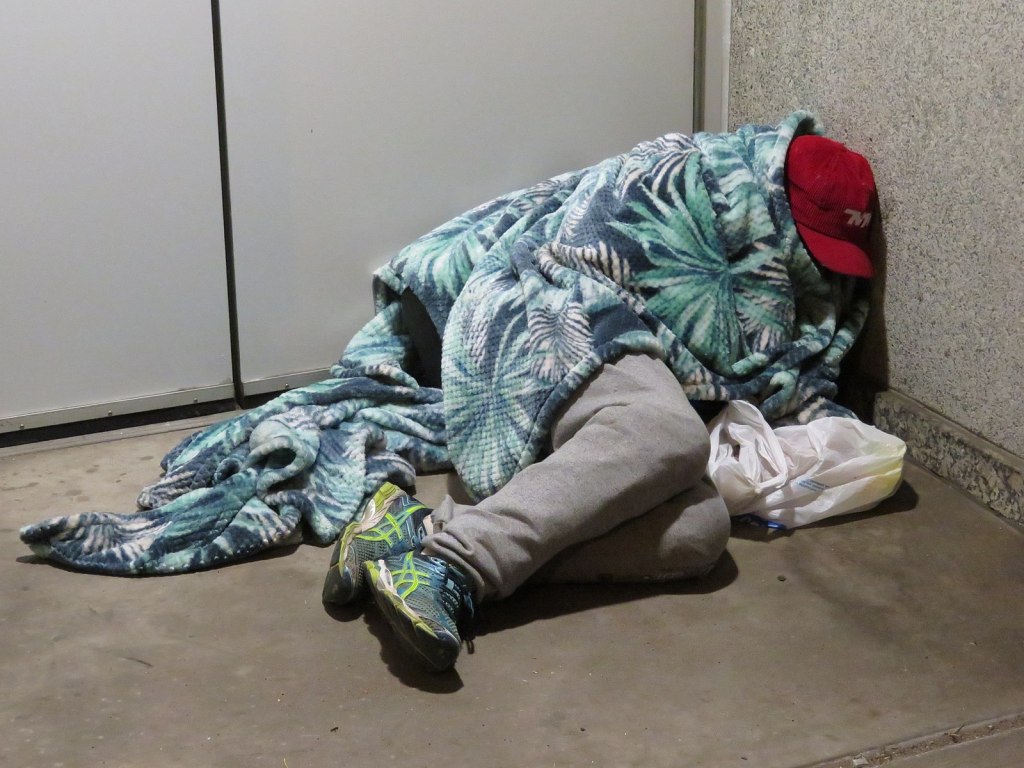Tempers flared and nerves frayed as county supervisors sought to decide how to humanely crack down on homeless encampments in the wake of the recent Supreme Court ruling that relieves local governments of the legal obligation to offer shelter beds to people living on the streets by relocating or “resolving” them.
More specifically, how should the county relocate, remove, or otherwise resolve homeless encampments along waterways or in campers along county roads? And should they eliminate outright the long-standing requirement to offer a shelter bed to encampment residents before clearing them out?
In recent years, the County of Santa Barbara has spent unprecedented sums providing interim shelter options. But it’s still not nearly enough. Even with 1,000 shelter beds, the supervisors were told, rarely are any of the beds unoccupied. What happens when the Santa Maria riverbed — reportedly the scene of human trafficking and other unimaginable evils, in the words of County Supervisor Bob Nelson — gets cleared? Do these people simply disappear?
Also on the table was a proposal to reduce the advance notice to encampment dwellers from 72 hours to 48 and the number of days the county is obligated to store confiscated belongings from 90 to 60 days.
Speakers with the League of Women Voters warned the county could jeopardize untold millions in potential federal grants, should the supes abandon their humane approach. A couple of formerly homeless people expressed disdain for the noisy chaos common in shelters.
Supervisor Steve Lavagnino exploded, saying how “very, very frustrated” he was with the League, challenging it to come up with something better. And it simply wasn’t reasonable or realistic for homeless people to expect a paid motel room.
Supervisor Williams blistered the county proposal to go after people living in their vehicles; that effort, he predicted, would only create “thousands of more homeless people.” The real solution, he insisted, was to help New Beginnings secure more parking lots for their Safe Parking program. As quietly successful as Safe Parking has been for 20 years, it’s struggled to secure additional lots.
To the extent the supervisors agreed on anything, it is that they should put more pressure on local churches and our state representatives — Gregg Hart and Monique Limón — to put pressure on the DMV and other large government office buildings available for nighttime parking programs.
Supervisor Laura Capps took serious issue with how few of the nonprofits that provide the hands-on services to homeless people were consulted. The more controversial an issue is, she warned, the more blowback there would be. Community Services Director Jesús Armas agreed she made a good point.
Eventually, the supervisors voted to kick the can down the road to a future meeting, likely in January. To the extent none offered any magic-wand alternatives, it’s because none exist. The focus, in the meantime, will be on more parking lots.

